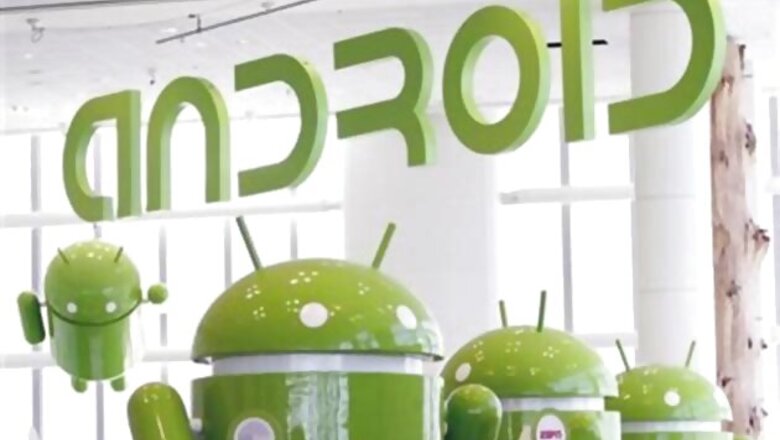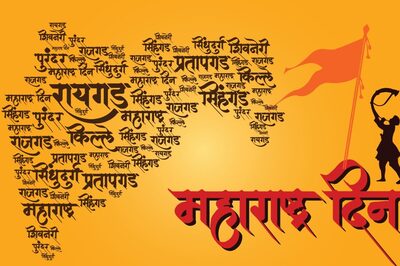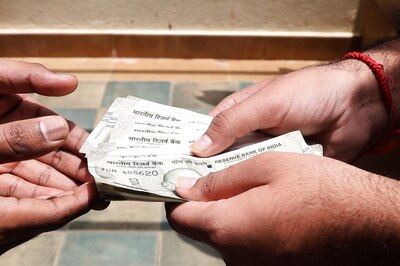
views
Mumbai: Andy Rubin, the man credited with the great success of Android as a smartphone OS, has come out and said that the operating system was originally intended for smart cameras rather than mobile computing devices.
The smart cameras that Rubin & his co-founders envisioned would use the Android OS to connect to PCs, but it was reworked to better fit smartphones as that market had began to grow at a great pace.
"The exact same platform, the exact same operating system we built for cameras, that became Android for cellphones," Android co-founder Andy Rubin said at Japan New Economy Summit in Tokyo. Rubin, who became a high-level Google exec after the acquisition of Android in 2005, said the planned camera platform was heavily built around cloud services and online storage.
Rubin also showed slides from the original pitch to investors in April 2004, one of which showed a camera connected to a home computer in wired and wireless setups and which then linked to an Android Datacenter. Growth in digital cameras was gradually slowing down as smartphones changed the market and made digital photography truly mainstream. Rubin and Co revamped their business plan and five months after the original pitch, the company called their OS platform an "open-source handset solution," which is how we are most familiar with Android now.
Then, in 2005, Android got team members with experience at the likes of T-Mobile and Orange, and began to target the then smartphone biggie Windows Mobile. Apple's iOS didn't enter the picture until 2007. "We decided digital cameras wasn't actually a big enough market. I was worried about Microsoft and I was worried about Symbian, I wasn't worried about iPhone yet," Rubin said.
He added: "We wanted as many cellphones to use Android as possible. So instead of charging $99, or $59, or $69, to Android, we gave it away for free, because we knew the industry was price sensitive."
To read more visit: www.tech2.com




















Comments
0 comment